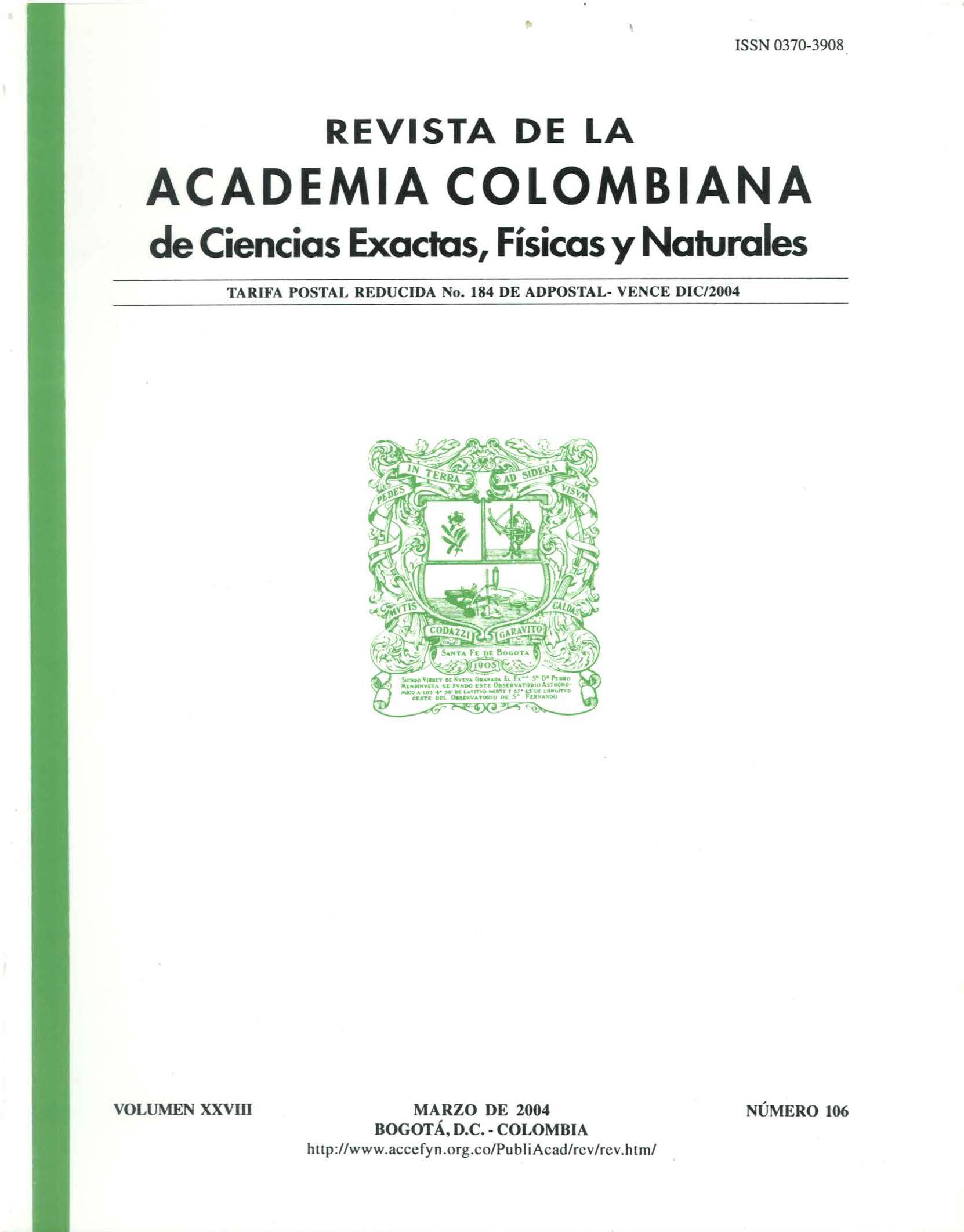Abstract
The Hahn–Banach theorem implies the axiom of choice for families of closed convex sets in normed reflexive spaces and for more general families of convex sets in locally convex spaces. It is, in fact, equivalent to several forms of coherent choice in inversely directed families of convex sets and affine continuous transformations. This is a consequence of results about convex compactness and barycenters of finitely additive measures. Two characterizations of reflexive normed spaces in terms of these last concepts follow from Hahn–Banach.
Keywords
References
S. Banach (1929), Sur les funtionelles lineaires, I, II. Studia Math. 1, 211–216, 223–239.
S. Banach (1932), Th ́eorie des op ́erations lin ́eaires. Monografje Matematyczne, Vol. 1, Warsawa.
J.L. Bell & D.H. Fremlin (1972), A geometric form of the axiom of choice. Fundamenta Mathematicae LXXVII, 167–170.
S. K. Berberian (1974), Lectures in Functional Analysis and Operator Theory. Springer Verlag, Berlin.
N. Bourbaki (1955), Elements de Math ́ ́ ematique, Libre VI, Int ́egration. Hermann, Paris.
G. Enciso (2000), La fuerza de elecci ́on del Teorema de Hahn–Banach. Tesis de pregrado, Universidad de los Andes, Bogot ́a.
V. P. Fonf, J. Lindenstrauss, & R.R. Phelps (2001), Infinite dimensional convexity. In Handbook of the Geometry of Banach Spaces. Norht Holland-Elsevier, pp. 599-670.
M. Foreman & F. Wehrung (1991), The Hahn–Banach theorem implies the existence of a non Lebesgue measurable set. Fundamenta Mathematica 138, 13–19.
H. Hahn (1926), Uber lineare Gleichungssysteme in linearen R ̈aumen. Journal f ̈ur die reine und angewandte Mathematik 157, 214–229.
J.D. Halpern & A. L ́evy (1971), The boolean prime ideal theorem does not imply the axiom of choice. AMS Proceedings in Axiomatic Set Theory, 83–134.
E. Helly (1912), Uber lineare Funktionaloperationen ̈ . Sitzgs- ber. Akad. Wiss. Wien Math.-Kl. 121, 265–297.
A. Horn & A. Tarski (1948), Measures in boolean algebras. Trans. Amer. Math. Soc. 64, 467–497
J. Horv ́ath (1966), Topological vector spaces and distributions, Vol. I. Addison-Wesley.
G. K ̈othe (1969), Topological vector spaces, I. Springer Ver- lag, Berlin.
A. Levy (1979), Basic Set Theory. Springer Verlag, Berlin.
J. Lo ́s & C. Ryll-Nardzewski (1954), On the applications of Tychonoff ’s theorem in mathematical proofs. Fundamenta Mathematicae 41, 49–65.
W. A. J. Luxemburg (1969), Reduced powers of the real number system. In: Applications of model theory to algebra, analysis and probability, Holt, Rinehart and Winston, New York.
J. Pawiikowski (1991), The Hahn–Banach theorem implies the Banach-Tarski paradox. Fundamenta Mathematicæ138, 21–22.
D. Pincus (1974), The strength of the Hahn–Banach theorem. Victoria Symposium on Non-Standard Analysis. Lect. Notes in Math. 369. Springer Verlag, Berlin, 203–248.
W. Rudin (1973), Functional Analysis, McGraw-Hill, New York.
S. Wagon (1994), The Banach-Tarski Paradox. Cambridge University Press, Cambridge.

This work is licensed under a Creative Commons Attribution-NonCommercial-NoDerivatives 4.0 International License.
Copyright (c) 2023 https://creativecommons.org/licenses/by-nc-nd/4.0





